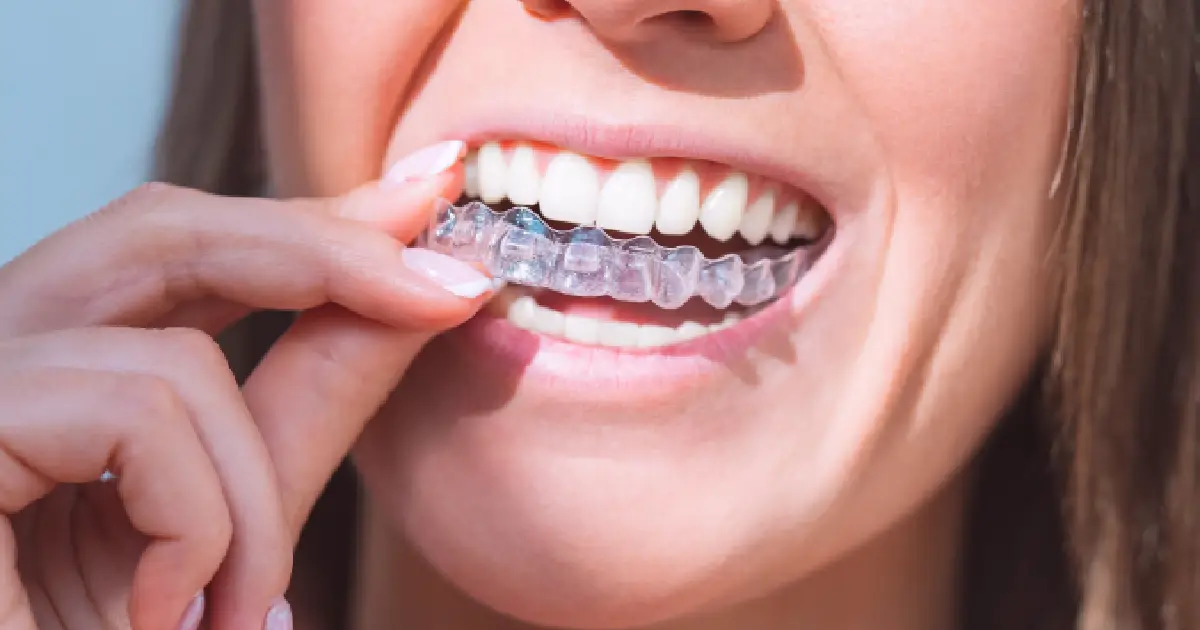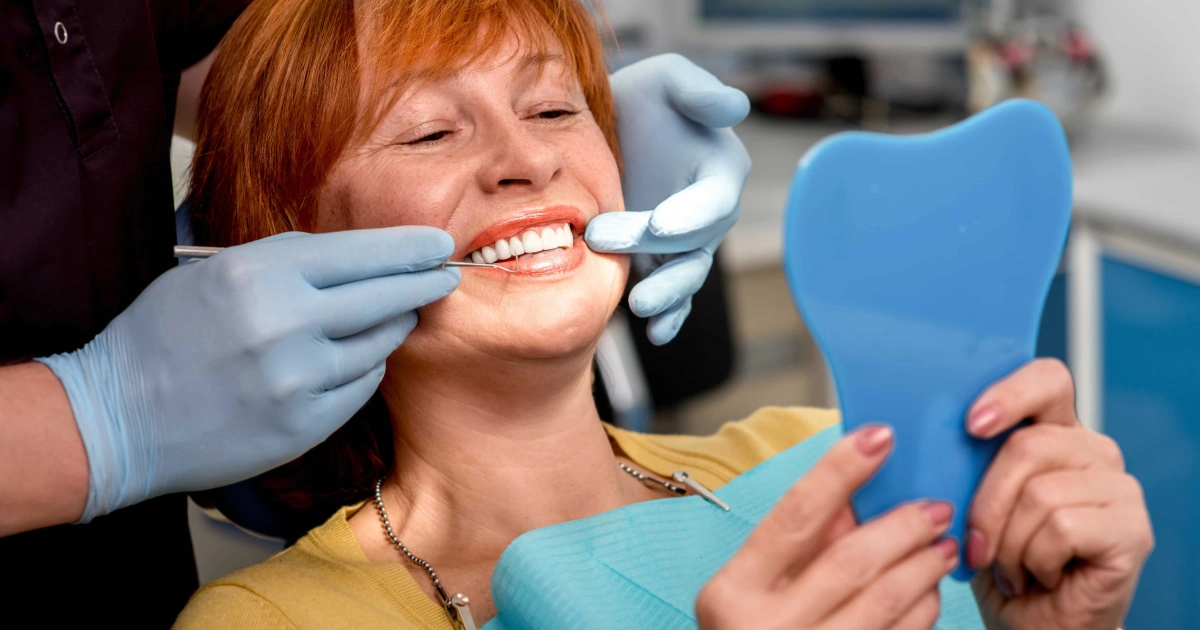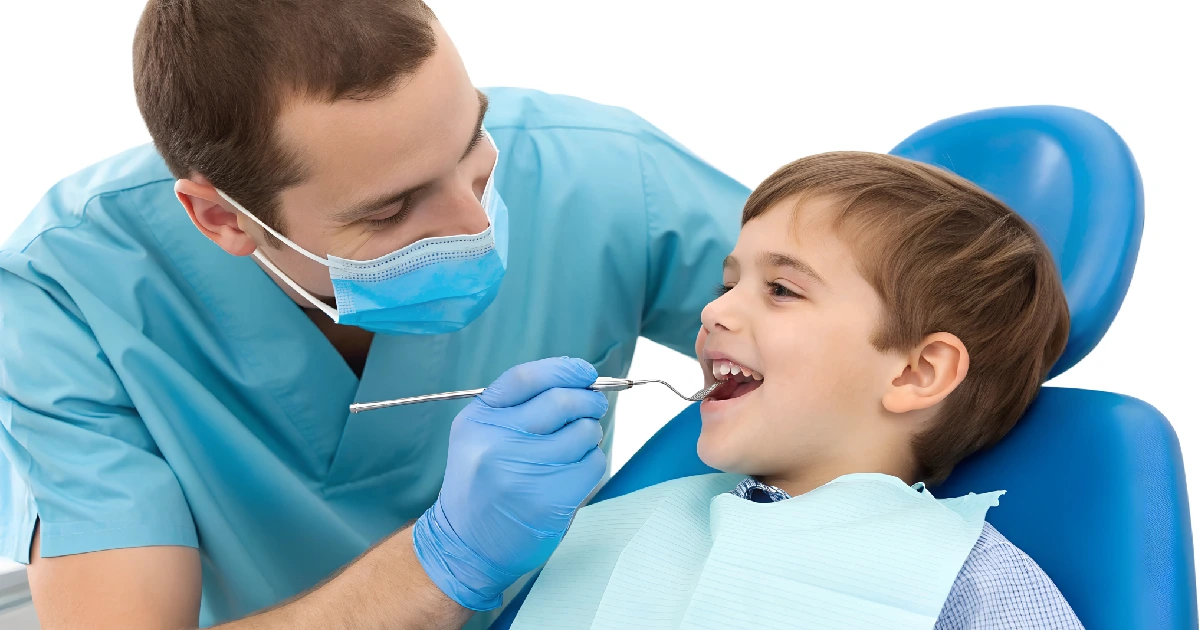Invisalign has become a popular orthodontic solution for individuals seeking to correct crooked, crowded, or gapped teeth and poorly aligned bites. Unlike metal braces, which are fixed and visible, Invisalign aligners are transparent and removable, providing a more aesthetic and convenient option. Despite its numerous benefits, potential patients should understand the possible side effects associated with Invisalign and how to address them effectively.
In this post, we’ll explore the most common side effects experienced during Invisalign treatment and offer guidance on managing them, ensuring a smoother and more comfortable journey toward a perfect smile.
Common Side Effects of Invisalign
Initial Discomfort and Pressure –
One of the most frequently reported side effects when starting Invisalign treatment is discomfort and pressure. This sensation is often most noticeable when a new set of aligners is introduced. The aligners work by applying consistent, gentle pressure to the teeth to encourage movement, which can result in initial soreness.
Managing Discomfort and Pressure:
- Over-the-Counter Pain Relievers: Taking ibuprofen or other over-the-counter pain treatment can help ease the discomfort.
- Soft Foods: Eat only soft foods for the first several days after getting a new pair of aligners.
- Wear Aligners Consistently: Consistent wear helps your teeth adjust more quickly to the aligners, reducing discomfort over time.
Speech Difficulties –
Some patients experience minor speech difficulties when they first begin wearing Invisalign aligners. The aligners’ presence in the mouth can temporarily affect pronunciation and cause a slight lisp.
Managing Speech Difficulties:
- Practice Speaking: Spend time reading aloud or engaging in conversations to adapt to speaking with the aligners in place.
- Stay Hydrated: Keeping your mouth moist can help reduce friction and improve speech clarity.
Excessive Salivation or Dry Mouth –
Invisalign aligners can initially cause changes in saliva production, leading to excessive salivation or dry mouth. This is usually a temporary side effect as your mouth adjusts to the aligners.
Managing Salivation and Dry Mouth:
- Stay Hydrated: Drink plenty of water throughout the day to maintain moisture in your mouth.
- Chewing Gum: Sugar-free gum can help stimulate saliva production and manage dry mouth symptoms.
Gum and Cheek Irritation –
The edges of Invisalign aligners may occasionally irritate the gums and inner cheeks, particularly when a new set is introduced.
Managing Irritation:
- Orthodontic Wax: Applying orthodontic wax to the edges of the aligners can help reduce irritation.
- Smooth Rough Edges: If an aligner has particularly sharp edges, gently filing them with an emery board can provide relief.
- Rinsing with Warm Salt Water: This can soothe irritated areas and promote healing.
Aligners Feeling Tight or Difficult to Remove –
New aligners can feel tight, making them difficult to remove, especially in the beginning.
Managing Tight Aligners:
- Practice Patience: Over time, the aligners will become more accessible to remove as your teeth adjust.
- Use a Removal Tool: Special tools designed for removing aligners can make the process easier and more hygienic.
- Follow the Schedule: Adhering to the prescribed wear schedule ensures your teeth move as planned, making aligner changes smoother.
Long-Term Considerations
Oral Hygiene –
Good dental hygiene is essential when receiving Invisalign treatment. Plaque and food fragments can collect in the aligners, raising the risk of gum disease and cavities.
Managing Oral Hygiene:
- Brush and Floss Regularly: Brush your teeth after every meal and Floss every day to remove plaque and food particles.
- Clean Aligners Properly: Clean your aligners with a soft toothbrush and clear, antibacterial soap. Toothpaste should be avoided as it might be rough and irritating.
- Rinse Aligners Frequently: Rinse your aligners with water every time you remove them to keep them fresh.
Compliance with Wear Time –
For Invisalign to be effective, aligners must be worn for 20 to 22 hours per day. Failing to comply with this wear time can prolong the treatment and affect the final results.
Managing Wear Time:
- Set Reminders: Use smartphone reminders or alarms to ensure you wear your aligners consistently.
- Track Your Wear Time: Keep a log of when you remove your aligners to stay accountable.
- Keep Aligners with You: Always carry your aligner case to store them safely when not in use, preventing loss or damage.
Addressing Specific Concerns
Aligners Staining –
Over time, aligners can become stained if not correctly cared for, affecting their invisibility.
Preventing Stains:
- Avoid Certain Foods and Drinks: Avoid consuming a lot of stain-causing foods and beverages, including red wine, tea, and coffee, when wearing aligners.
- Rinse Aligners Frequently: Rinse your mouth and aligners after consuming potentially staining substances.
- Use Cleaning Crystals: Invisalign cleaning crystals or similar products can help keep aligners clear and free from stains.
Allergic Reactions –
Allergy responses to the materials in Invisalign aligners are rare, although they can happen to specific individuals.
Managing Allergic Reactions:
- Consult Your Orthodontist: If you experience symptoms like swelling, rash, or severe discomfort, contact your orthodontist immediately.
- Consider Alternatives: In case of a confirmed allergy, your orthodontist can suggest alternative treatments or materials.
Psychological and Lifestyle Adjustments
Adapting to Lifestyle Changes –
Invisalign treatment requires certain lifestyle adjustments, particularly regarding eating habits and oral hygiene.
Managing Lifestyle Changes:
- Plan Meals and Snacks: Since aligners must be removed for eating, plan your meals and snacks to minimize disruptions.
- Carry a Dental Kit: A travel-sized dental kit with a toothbrush, toothpaste, Floss, and aligner cleaner can help you maintain oral hygiene on the go.
- Be Patient and Persistent: Remember that the lifestyle changes are temporary and will lead to a beautiful, healthy smile.
Psychological Impact –
Adjusting to wearing aligners can have a psychological impact, particularly for individuals who are self-conscious about their appearance.
Managing Psychological Impact:
- Focus on the Outcome: Keep in mind the long-term benefits of a straighter, healthier smile.
- Seek Support: Connect with others undergoing Invisalign treatment through online forums or support groups for encouragement and advice.
- Communicate with Your Orthodontist: Regularly discuss any concerns or issues with your orthodontist to ensure you stay on track and maintain a positive outlook.
Conclusion
Invisalign treatment offers a fantastic way to achieve the smile you’ve always wanted without the hassle and visibility of traditional braces. Understanding the potential side effects and how to manage them can make your treatment experience much more comfortable and successful.
If you’re considering Invisalign treatment in Chandler, AZ, the team at Smiles Of Chandler is here to help. Our skilled experts are committed to offering you individualized support and direction during your Invisalign journey. Please make an appointment for a consultation with us right now to start along the path to a healthier, straighter smile!







